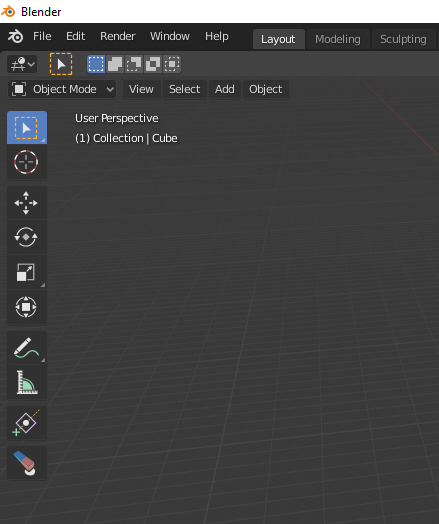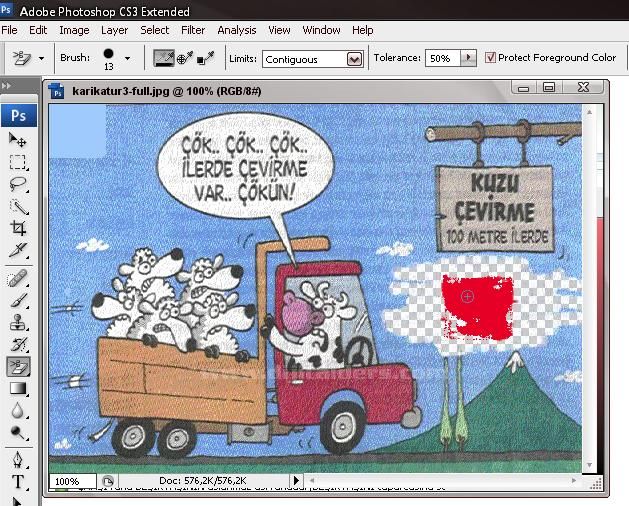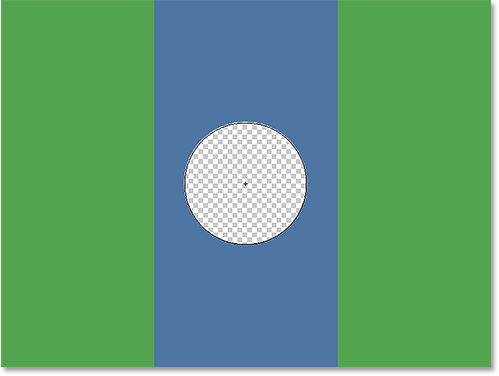


And if you paint over an area that doesn’t have the foreground color, you replace that color with the foreground color.

When you activate the Pencil and enable the Auto Erase option, you paint – with the background color – any pixels that have the foreground color. Instead, you’ll find it in the Pencil tool. Auto Eraseĭespite the name, this isn’t a feature found as part of the Photoshop Eraser Tool. If you change your mind and decide to make them visible again, you can disable the layer mask – or unmask the parts that you want visible. Instead, you’re just hiding the pixels you don’t want. Technically, you’re not deleting those pixels – that’s why it’s non-destructive.

Layer masks are a non-destructive way of “erasing” parts of your image. Layer masks hide the pixels instead of deleting them. The Background Eraser Tool is only available as a brush, but you can adjust the Limits and Tolerance to fine-tune according to your needs. This is best used with solid colors because a graduated blue – like the one in the sky, above – will leave a lot of areas untouched. This is ideal when you want to remove intricate areas like sky between leaves.įinally, the Background Swatch sampling mode will delete anything matching Photoshop’s current Background Color. Switch the sampling to Once, and the Background Eraser will erase anything with the color it sampled upon your first click. However, if I touch the branches, the Background Eraser will start deleting the trees. On the image above, for example, I can drag the Tool along the edge between the sky and the trees and it will delete only the blue from the sky. Continuous Sampling means that it will update the sample as you move the cursor. You can adjust how the Background Eraser Tool conducts its sampling. Instead, the Background Eraser Tool samples whatever is underneath the middle of the cursor (marked with a +) and deletes areas that match the sampled color. The name suggests that it automatically erases the background of your image, thus eliminating the tedious work of selecting – but I’m afraid that’s not how it works. The Background Eraser Tool tends to confuse and disappoint Photoshop beginners.


 0 kommentar(er)
0 kommentar(er)
